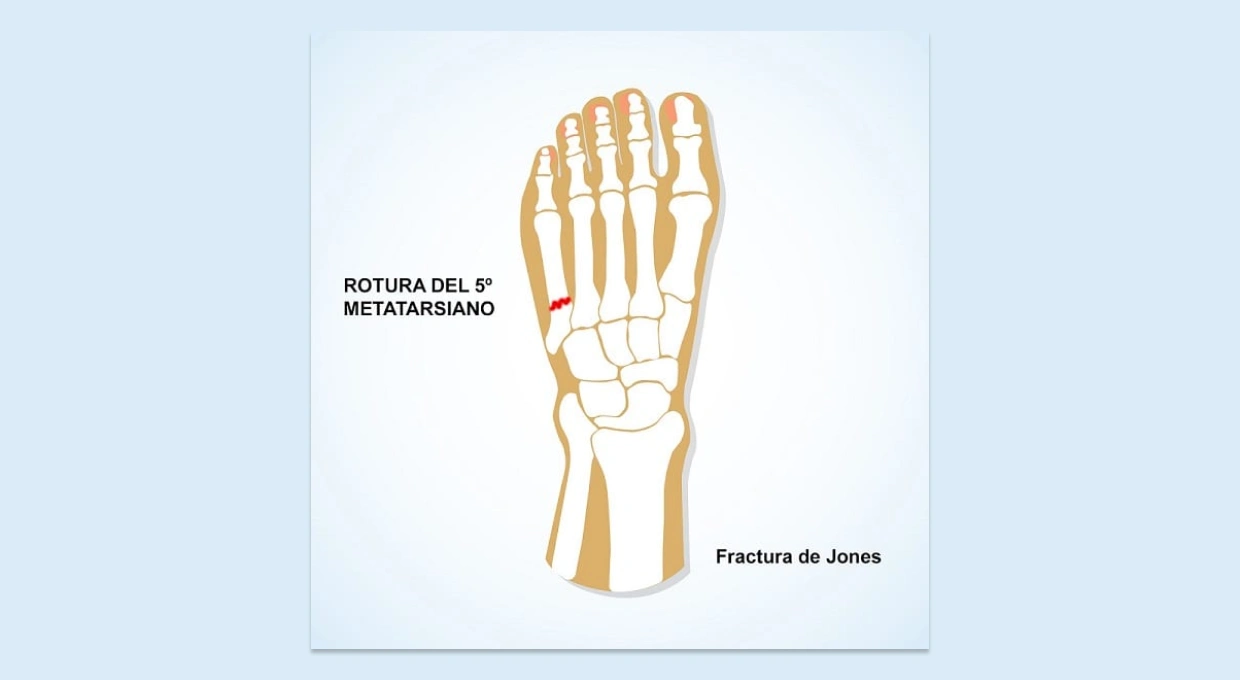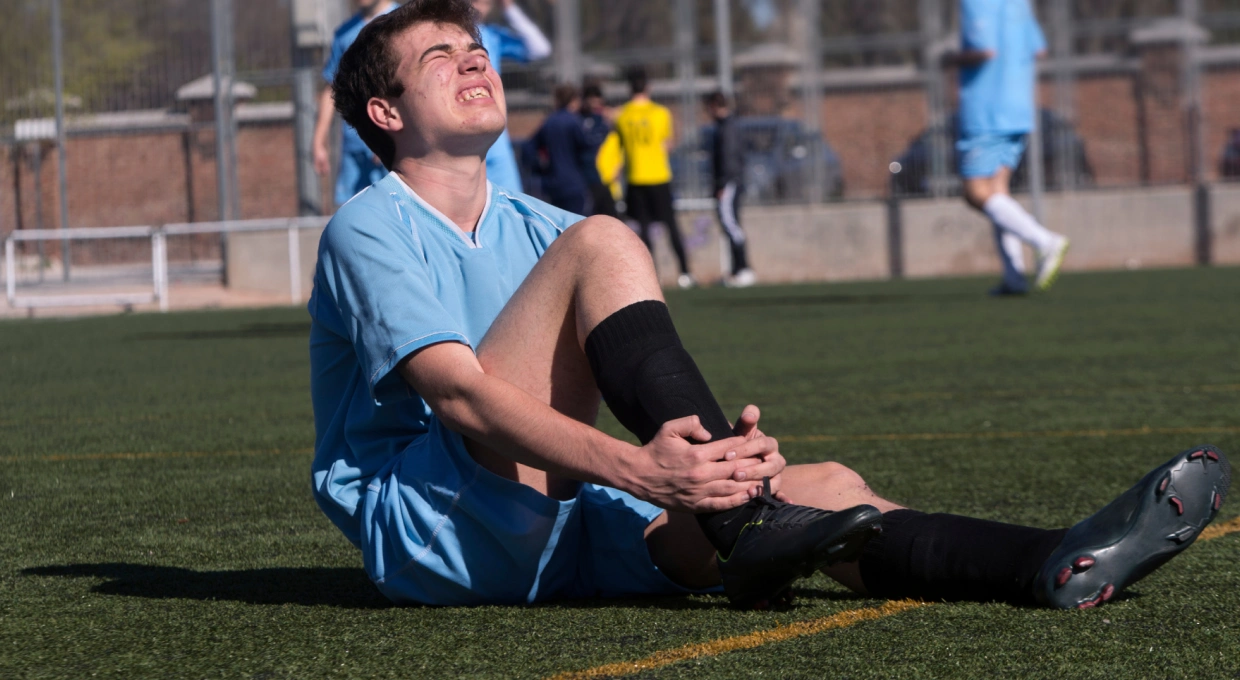Soccer, an exciting and dynamic sport, carries significant injury risks. One of the most worrisome is the Jones fracture, a fracture that occurs at the base of the fifth metatarsal of the foot, a bone crucial for mobility and balance. This injury is particularly common among soccer players due to the high physical demands and constant twisting and turning on the field.
What is Jones Fracture?
Jones fracture is located at the base of the fifth metatarsal, specifically in an area with less blood flow, which complicates healing. This fracture is typically caused by acute trauma, such as a fall or direct blow, or repetitive stress to the area. Soccer players are especially vulnerable due to frequent change of direction actions and direct impacts during games and training.

Symptoms and Diagnosis
Symptoms of a Jones fracture include sharp, intense pain on the outside of the foot, swelling, and difficulty walking or bearing weight. Often, the pain intensifies with activity and improves with rest. However, due to the nature of the injury, the pain may persist and worsen if not adequately treated. Diagnosis is made by a combination of clinical evaluation and imaging studies, such as X-rays and MRI. These tests allow the physician to determine the extent of the fracture and plan appropriate treatment.
Treatment and Recovery
Treatment of a Jones fracture may vary depending on the severity of the injury. In mild cases, conservative treatment is the first option. This includes immobilization of the foot with an orthopedic boot, rest, icing and elevation to reduce swelling. The use of crutches may be necessary to avoid weight bearing on the injured foot. In more severe cases, or if the fracture shows no signs of healing with conservative treatment, surgical intervention may be necessary. Surgery usually involves placement of an intramedullary screw into the bone to stabilize the fracture and promote healing. Postoperative recovery includes physical therapy to regain foot strength and mobility.
Prevention
Prevention of Jones fracture in soccer players involves several strategies. It is crucial to wear proper footwear that provides support and stability to the foot. In addition, strengthening the foot and ankle muscles through specific exercises can reduce the risk of injury. Coaches should ensure that players warm up properly and use safe playing techniques.
Conclusion
Jones fracture is a serious but treatable injury that affects many soccer players. Recognizing symptoms and seeking early treatment are crucial steps to a successful recovery. With proper treatment and careful rehabilitation, most players can return to the playing field and continue to enjoy their favorite sport. Prevention through strengthening and the use of proper equipment is essential to minimize the risk of this injury.



